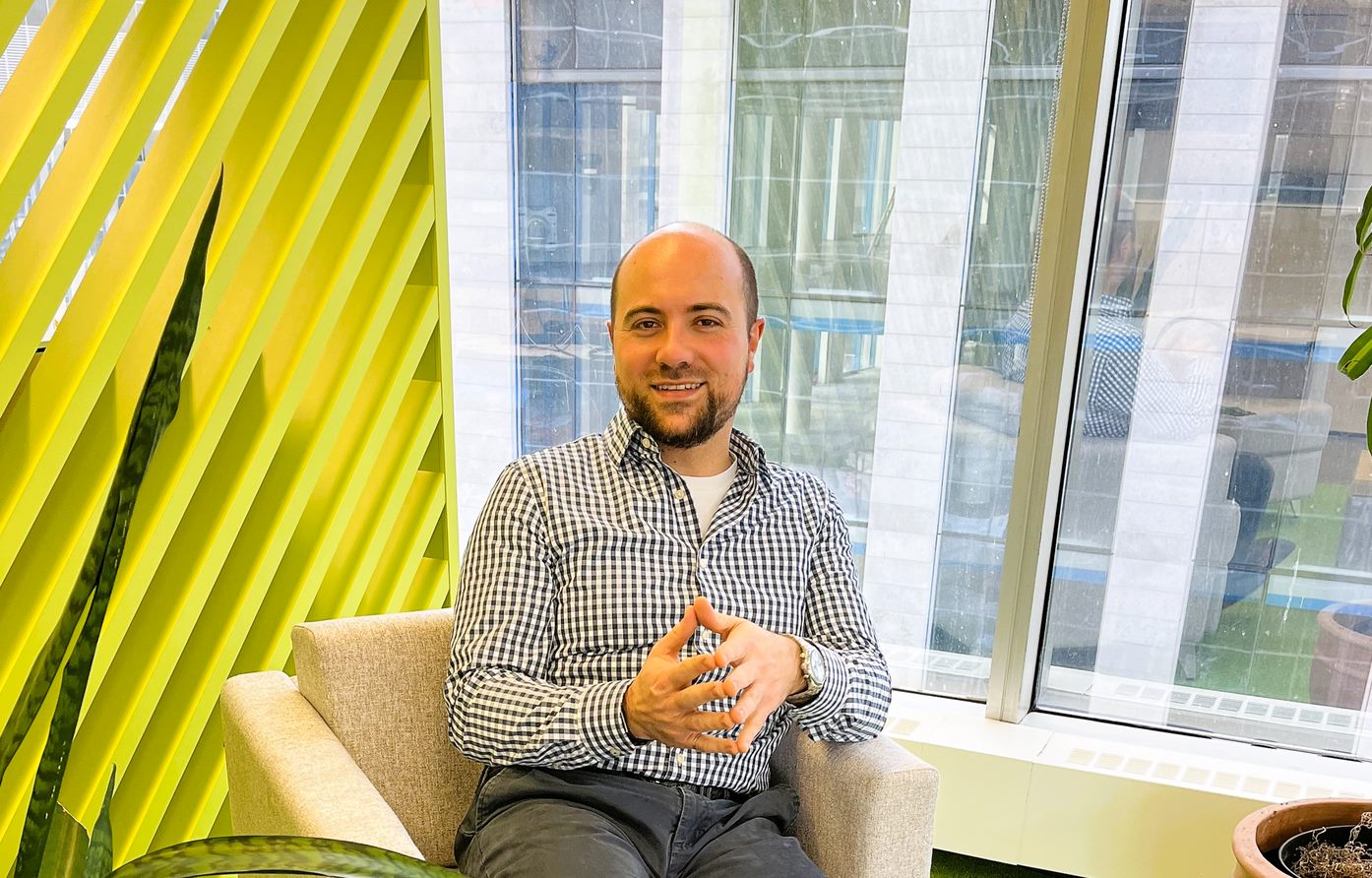What does sustainable mobility mean to you?
Sustainable mobility is the new paradigm in the 21st century. If the need to go from one place to the other goes back to the origins of humanity, individuals have always put their own interests ahead of those of the community, particularly from the second half of the 20th century when mobility was seen as promoting freedom and personal development. However, we see that this freedom collides with the natural and physical limits that the environment can sustain — we cannot keep on constantly building and widening roads, and the gradual depletion of our natural resources requires us to relinquish our egocentric vision of mobility. Therefore, sustainable mobility represents the balance between the basic need to move around and the necessity to respect the ecosystem’s limits.
Why did you choose the mobility sector? What do you like about it?
I chose mobility because I have always been fascinated by the spatial organization of cities, and particularly transportation networks. How can megalopolises operate in an orderly chaos, despite a large concentration of population and activities? Mobility is a daily issue, even more so when we consider that for over more than 10 years, there is a radio station in Montréal that broadcasts traffic conditions on a 24/7 basis. After weather and sports, traffic is certainly the issue that affects people the most each day. Being able to address this question from a scientific and rational standpoint is for me a great source of motivation, and proposing innovative solutions is a professional accomplishment.
Since when are you part of CIMA+ great family?
I joined CIMA+ more than eight years ago.
Why did you decide to join the CIMA+ Mobility Team?
For me, it was a totally natural decision, motivated by my great interest for this sector and my determination to find innovative solutions to facilitate mobility and improve people’s quality of life.

What do you like most in your work?
Finding solutions to everyday issues such as car traffic and explaining the scientific process from which they stem.
Do you believe that your work makes a difference in the community and why?
I think that society needs mobility engineers because the challenges communities face in terms of transportation are complex and should not be addressed in a unidimensional manner. For the sake of optimizing the utilization of our resources, we must innovate and keep abreast of new trends.
Which project are you most proud of and why?
The Ste. Catherine Street West project in downtown Montréal: a highly publicized project with political and societal stakes. It is a great honour for me to have been part of CIMA+’s team in the framework of this flagship projects that will serve as a model pour similar projects for urban requalification and transformation of mobility habits.
How do you define CIMA+’s Mobility Team?
A skillful multidisciplinary team, well trained and informed, generous of its time and motivated by a clear determination to rise to the rank of leader in the area of transportation.